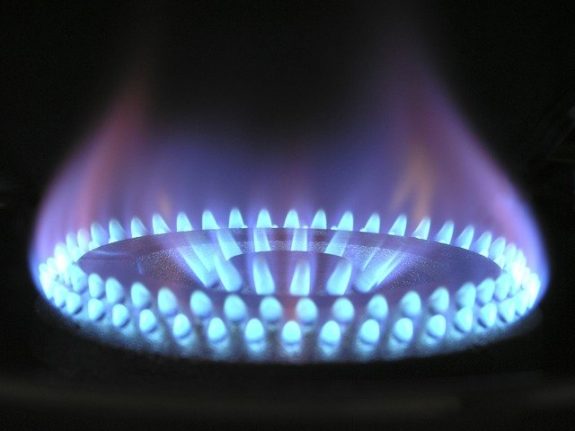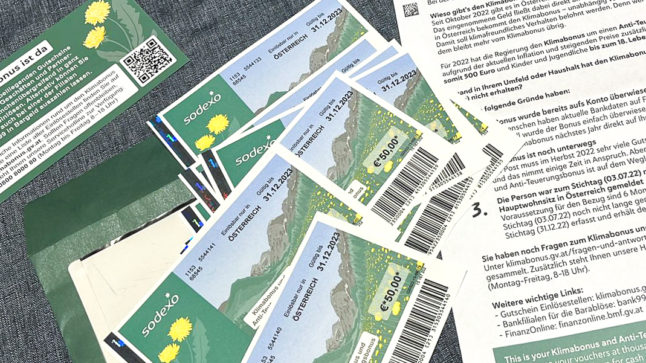On Wednesday August 3rd, EVN and Wien Energie – both part of the Energieallianz Austria (EAA) group – announced they will be increasing energy prices from next month.
According to ORF, the increase announced by Lower Austria energy supplier EVN is “substantial” and will apply to gas and electricity.
EVN – which is mostly state-owned – blamed the move on price increases on the international wholesale markets.
FOR MEMBERS: Reader question: Should I buy an electric heater in Austria this winter?
Higher prices in Lower Austria
From September 1st, customers that get both gas and electricity from EVN should expect to pay at least €100 more a month. Around 50 percent of EVN customers – or those on a “classic tariff” – are expected to be impacted by the price increases. The increases won’t affect households on ‘price guarantee’ contracts.
However, to counteract the extra costs, EVN has also announced some money-saving measures for customers, such as registering in the customer portal, opting for email invoices or paying by direct debit. Additionally, a social fund of €3 million has been set up to help hardship cases.
In the future, EVN intends to adjust prices twice a year on April 1st and October 1st.
Increases (again) in Vienna prices
At Wien Energie, prices for electricity will be going up by €36 a month (based on an annual consumption of 2,000 kWh), and gas prices will increase by €60 a month (based on 8,000 kWh), reports Der Standard.
Customers will be notified by letter in August and the new rates will be in effect from September 1st. Those with a price guarantee or floating tariff will not be affected.
READ MORE: Austria starts anti-inflation payments with €180 bonus family allowance
EEA cited increases on the Austrian Electricity and Gas Index as the reason for the price increase. Since August 2021, the cost of electricity has gone up by 247 percent and gas by 323 percent.
A price adjustment in line with the index was due to come into effect at EAA in January 2023, but this has been brought forward.
Price caps and government subsidies
On July 20th, the Lower Austria state government announced a price cap on electricity prices to mitigate the financial impact of rising energy costs in the province.
As of September, residents in Lower Austria will be able to apply for the Strompreisrabatt (electricity price discount) to receive a price cap of 11 cents per kilowatt hour of power used.
The initiative will cover 80 percent of an average household consumption and will cost €250 million, reports Kurier. The funding will run until September 30th 2023.
Governor of Lower Austria Johanna Mikl-Leitner said: “Our electricity price relief brings balanced support for all Lower Austrians and creates a clear incentive to save energy.”
READ ALSO: Inflation at 9.2% in July: How to beat rising prices in Austria
The subsidy will be deducted directly from the energy bill from October and the calculation will be based on the number of people living in a household.
The Austrian Federal Government then announced a similar nationwide initiative one week later.
According to a statement released on July 27th, the aim of the electricity price cap is to “support the Austrian population to ensure an affordable energy supply for a certain basic need”.
At the time of the announcement, no further details were provided but the government said that the conditions for the price cap would be developed by the end of August.
EVN and Wien Energie said that these measures by the government of Lower Austria and the federal government should help to mitigate the impact of rising energy costs on households.



 Please whitelist us to continue reading.
Please whitelist us to continue reading.
Member comments